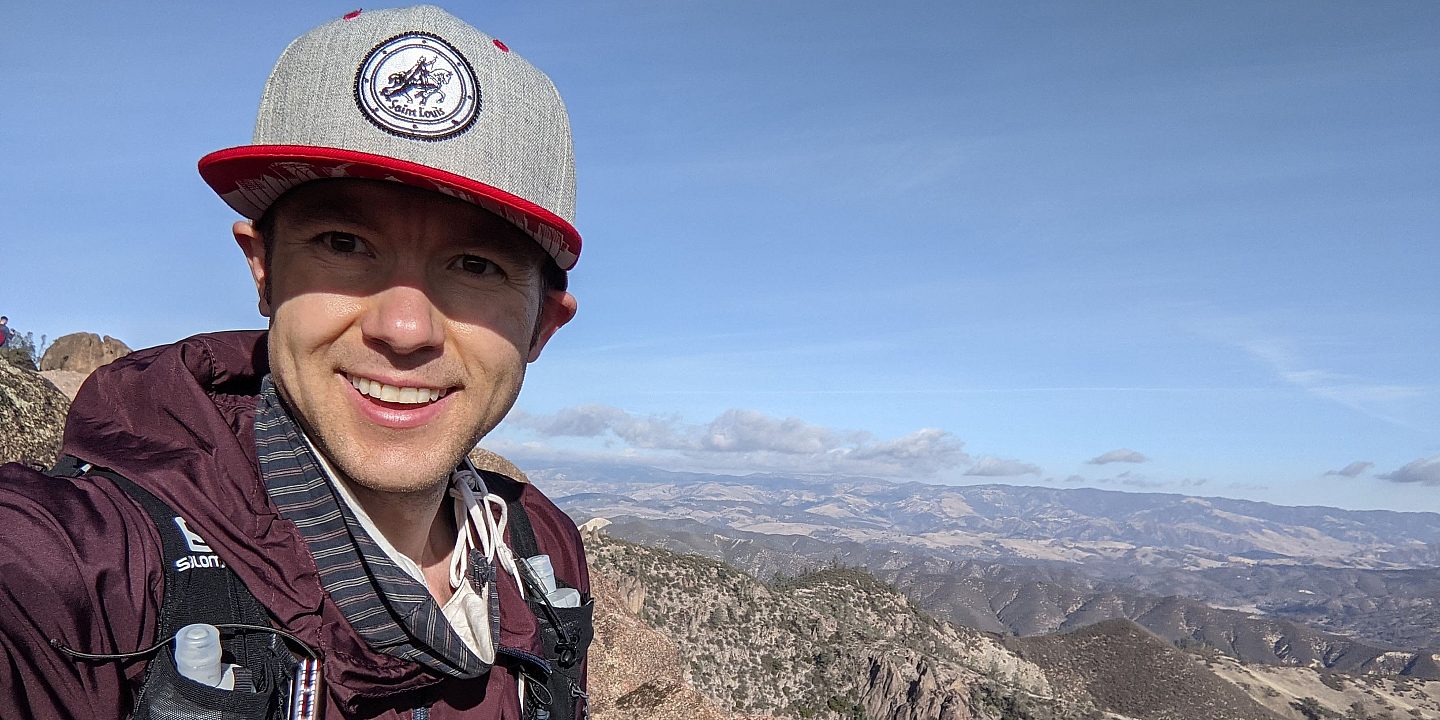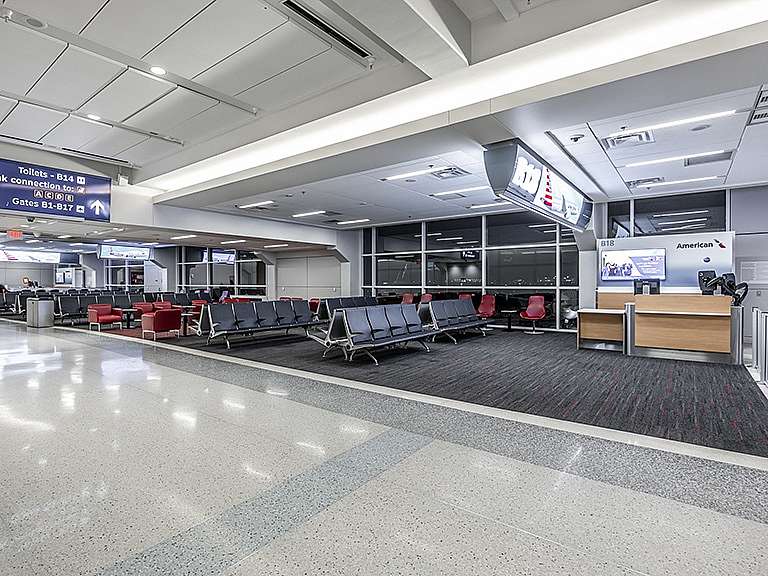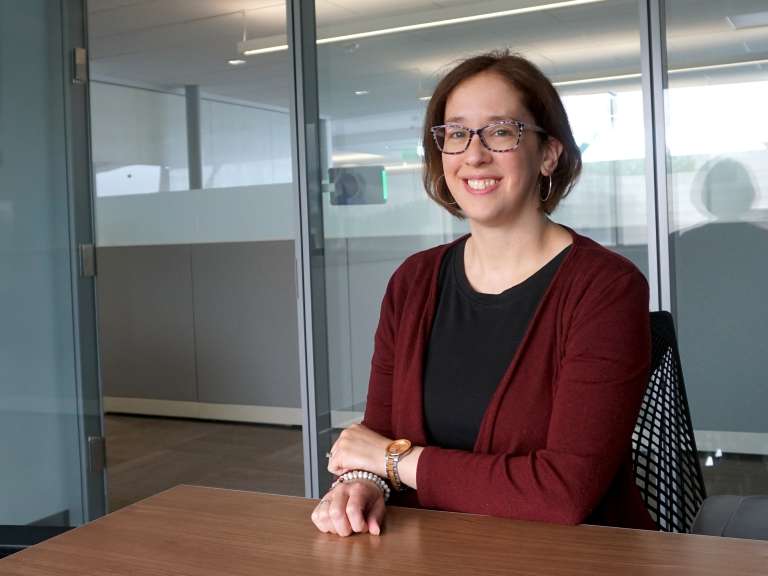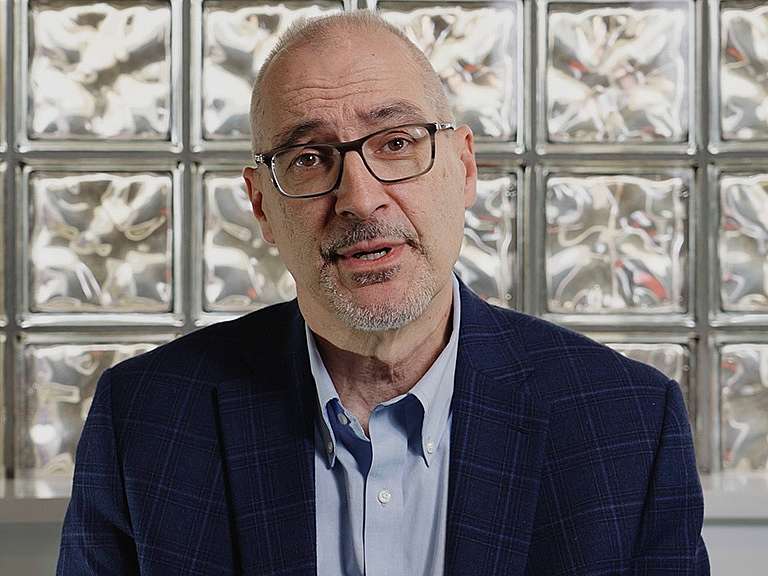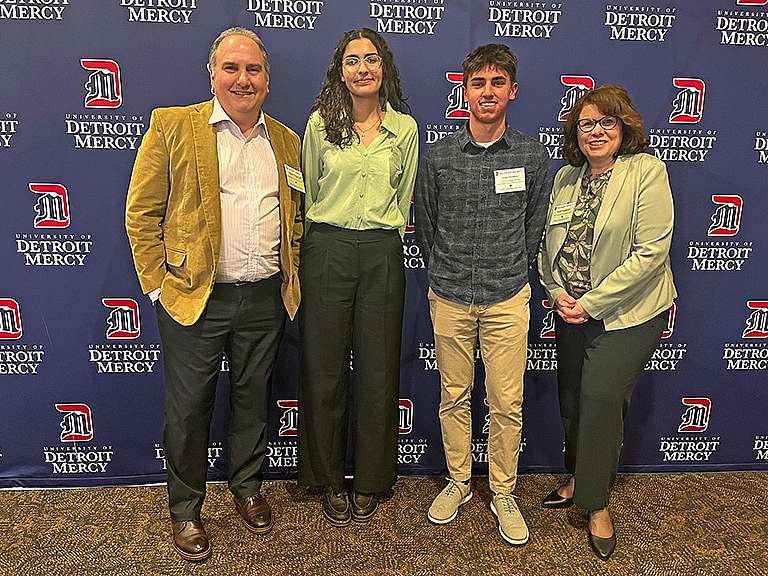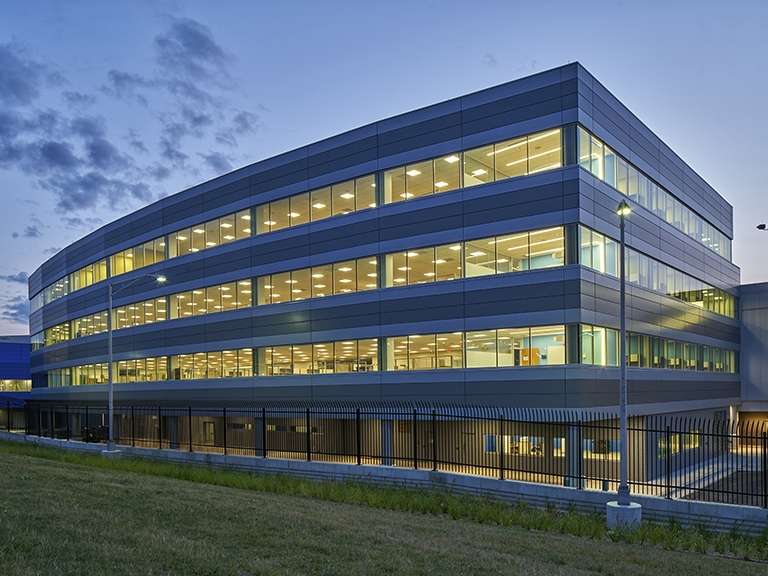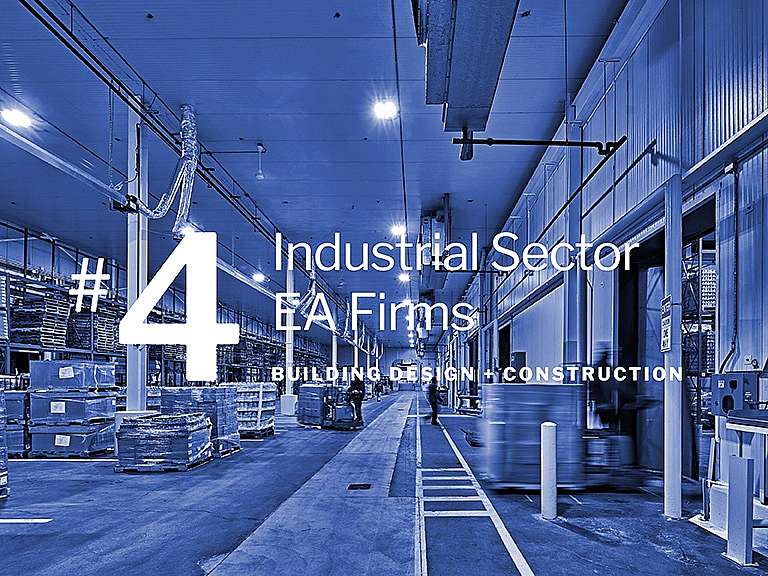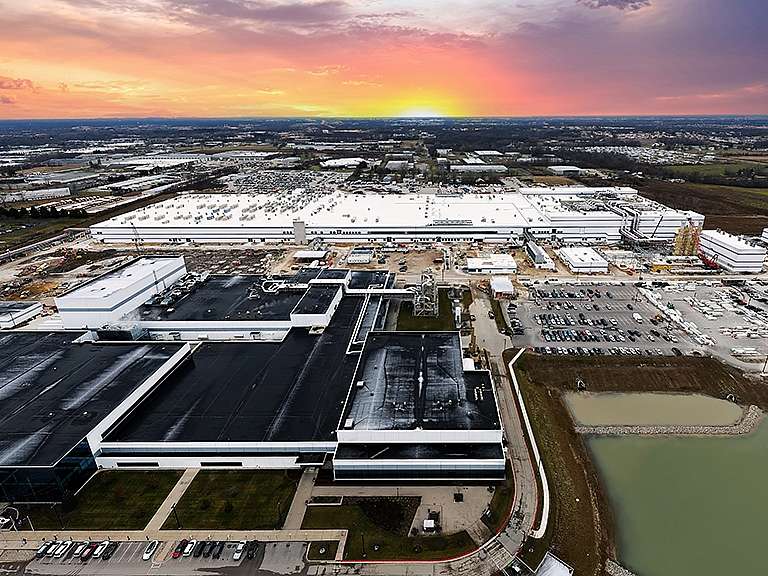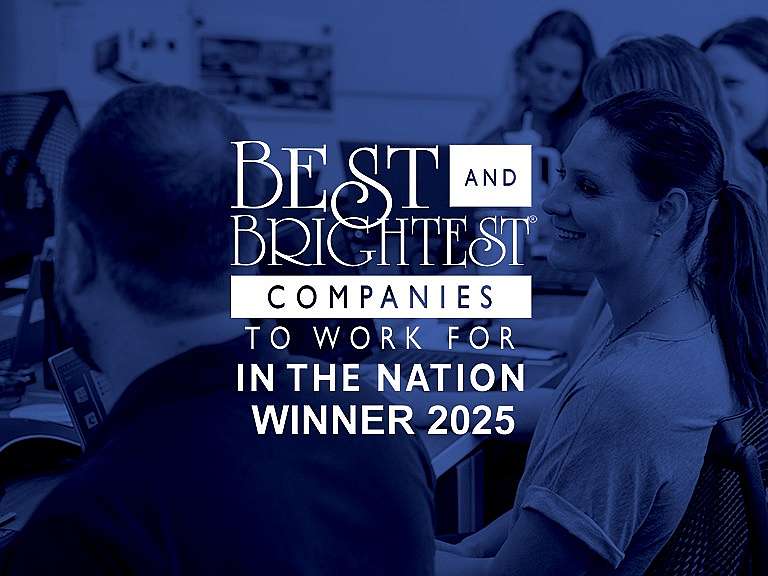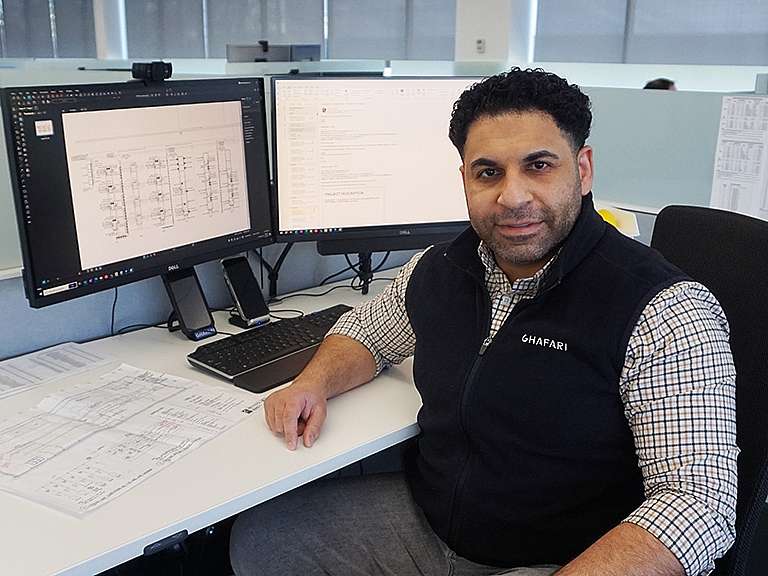Q+A with Ely LaBerge, Senior Mechanical Engineer (Dearborn)
How do you describe the importance of sustainable design to those outside of the industry?
The residential and commercial sectors account for roughly 39% of the United States’ total energy consumption (EIA). This percentage excludes the industrial sector (manufacturing, construction, agriculture, and mining). By strategically designing and renovating buildings with a focus on efficiency and sustainable design, we can make a measurable impact on the nation’s greenhouse gas emissions.
As an engineer, what is your “Why” for reaching carbon neutrality on Ghafari projects?
I entered this field because of my love for nature, which developed into a passion for saving energy as I matured. As climate change has become more and more real for people around the world, moving towards carbon neutrality is the natural next step in this effort. I am proud to be part of a company that is placing emphasis on this goal.
Why did you decide to become a LEED Accredited professional?
I became a LEED AP so that I could better understand the whole picture of LEED projects rather than having a clear understanding of just the mechanical aspects.
What sustainable materials / technologies have you applied on Ghafari projects?
Sustainable materials and technologies are certainly important to sustainable design. From a mechanical perspective, however, sustainable design depends on more than selecting a system with the highest efficiency. It requires a conscious effort to implement whatever technology is selected in the most efficient way. For example, I recently completed a study showing the energy advantages of placing tertiary pumps in one location versus another. In this instance, we were using the same pump in both locations, but one scenario had significantly reduced energy consumption when compared to the other.
How would you describe Ghafari’s culture of sustainability?
It is hard for me to say historically because I am relatively new to the company. But the leadership team has made it clear that sustainability is a priority moving forward. We have a team of passionate people who, with the support of the company, are working on a Sustainability Action Plan that will help guide future projects and the company a whole.
How are you supporting Ghafari’s sustainability action plan as an AIA 2030 Commitment signatory firm?
I am thrilled to be the mechanical representative on the multidisciplinary team that is developing the Sustainability Action Plan. We are working through a list of ten different categories that relate to building design. Our team is currently focused on “Design for Efficiency”. This effort has included evaluating the capabilities of various energy modeling programs to determine which will be the best fit for Ghafari to use on future projects. We have identified a few options and will be testing them on actual projects in the coming months.
What role does sustainability play in your life outside of work?
Sustainability and energy efficiency are central in my family’s life outside of work. We bike to our destinations in town and use public transportation as a fallback option whenever possible. Prior to moving to Ann Arbor, where the city collects compost, my wife and I have always composted in our backyard. We are conscious of packaging used on purchased foods and try to stick to natural, compostable fibers for most of our clothing and household items whenever possible. We use power strips for electronics that we turn off whenever the electronics are not in use to avoid phantom loads. We keep our thermostat set very low in the winter and our family has a competition for who can last the longest without AC every summer. We never turned our AC on in 2023. We take advantage of solar gains in the house when heat is desirable and use a combination of operable windows, blinds, and curtains that we adjust throughout the day to keep the house cool. We plant native plants, keep a garden, and, just for fun, we subsidize a lot of our meals with foraged foods that we find during our frequent outdoor adventures.
